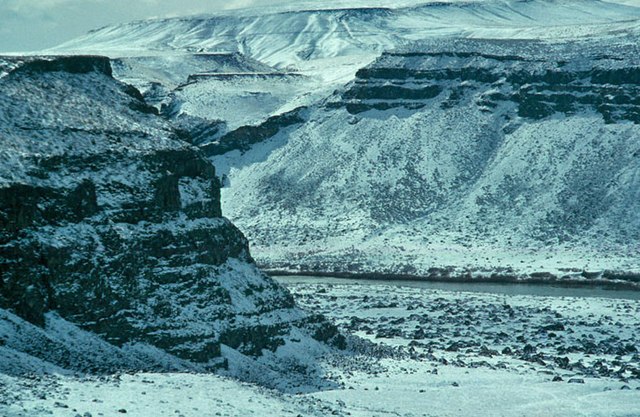General Mining Act of 1872
The General Mining Act of 1872 is a United States federal law that authorizes and governs prospecting and mining for economic minerals, such as gold, platinum, and silver, on federal public lands. This law, approved on May 10, 1872, codified the informal system of acquiring and protecting mining claims on public land, formed by prospectors in California and Nevada from the late 1840s through the 1860s, such as during the California Gold Rush.
All citizens of the United States of America 18 years or older have the right under the 1872 mining law to locate a lode or placer (gravel) mining claim on federal lands open to mineral entry. These claims may be located once a discovery of a locatable mineral is made. Locatable minerals include but are not limited to platinum, gold, silver, copper, lead, zinc, uranium and tungsten.
"My claim, Sir!" A prospector defends his claim at the Comstock Lode, 1861.
Mining claim posted: NO Prospecting, Panning, Sluicing ... South Yuba River, California 2011 photo.
Bureau of Land Management
The Bureau of Land Management (BLM) is an agency within the United States Department of the Interior responsible for administering U.S. federal lands. Headquartered in Washington, D.C., the BLM oversees more than 247.3 million acres (1,001,000 km2) of land, or one-eighth of the United States's total landmass.
Horses crossing a plain near the Simpson Park Wilderness Study Area in central Nevada, managed by the Battle Mountain BLM Field Office
Snow-covered cliffs of Snake River Canyon, Idaho, managed by the Boise District of the BLM
Fatigued BLM Firefighters taking a break after a fire in Oregon in 2008
Lightning-sparked wildfires are frequent occurrences on BLM land in Nevada.






